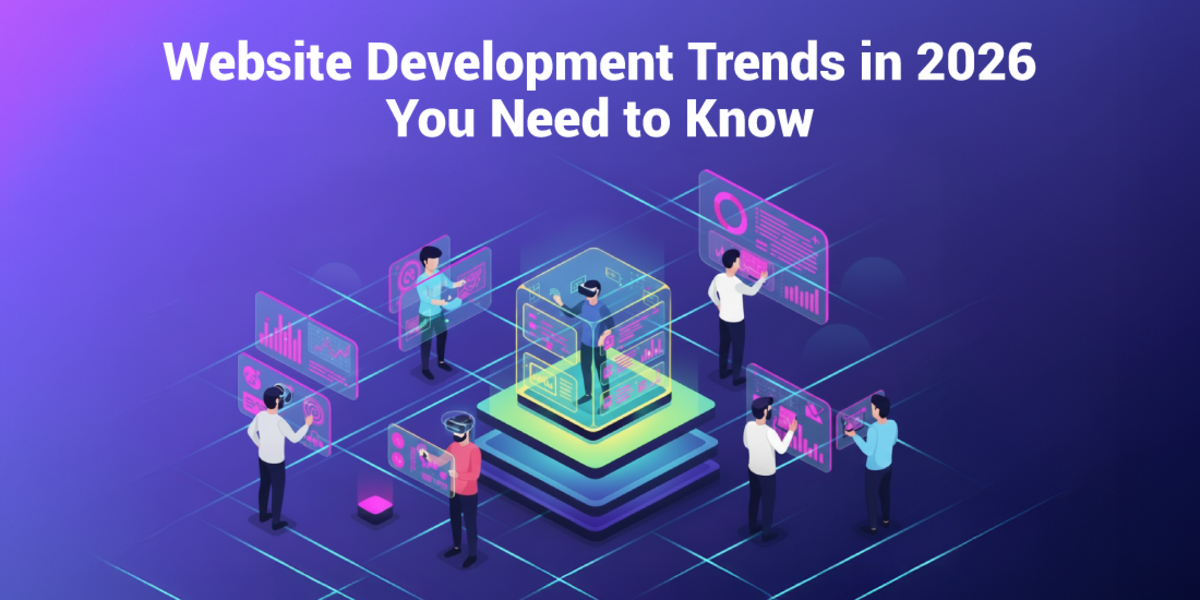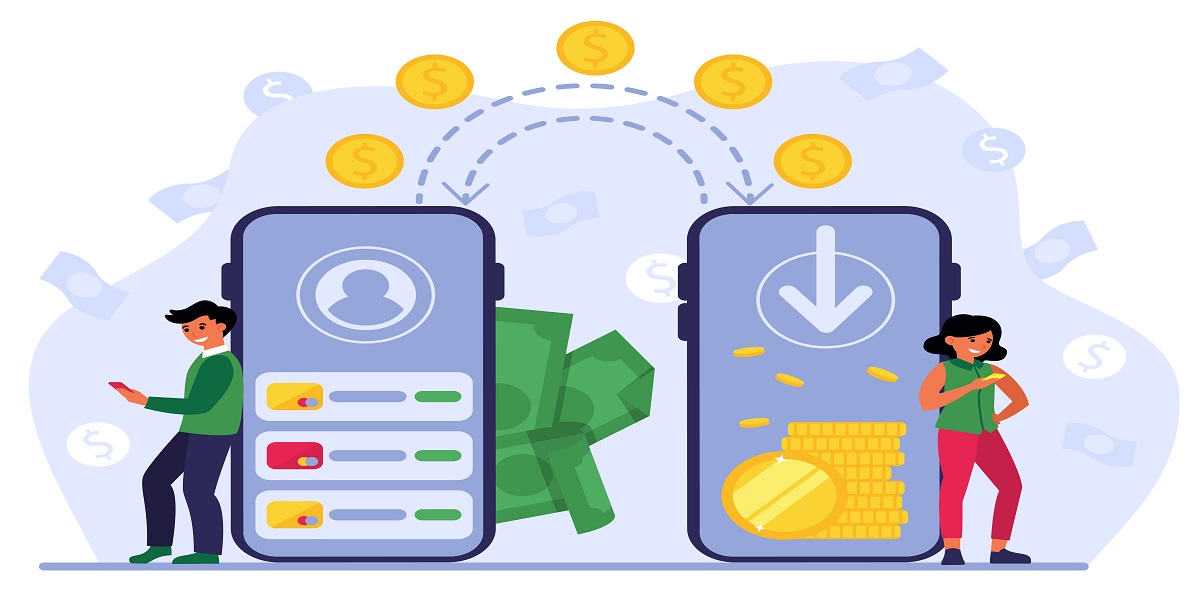5 Types of Visual Content To Boost Your Website Traffic
- By Daniel Page
- 15-05-2020
- Digital Marketing

We live in an era of information overload, and it’s wearing on us. There’s simply too much data - too many people and businesses constantly vying for our attention. It’s exhausting, and I’m not the only one who thinks so. So various ios and android app development company are available to provides you best service.
In a recent study carried out by the Technical University of Denmark, researchers found that the collective global attention span is steadily declining. People just don’t have the energy to engage with every piece of content that crosses their path and doesn’t grab their attention immediately.
That’s where visual content comes in. It’s fairly common knowledge that images and videos are easier for most people to digest than written content. And while the old adage that visuals are processed 60,000 times faster than text isn’t exactly correct, there is scientific evidence behind the assertion that it’s easier to connect with your audience via effective imagery.
As noted by marketing publication Email Audience, images are still processed between six and 600 times faster than written language. Not surprisingly, our focus-starved audience largely prefers this kind of content. And that means visual content remains the best way to not only generate engagement but also increase traffic.
You should already be including stuff like product demonstrations and high-quality images on your website. They’re the first step to higher traffic and better engagement. I’d like to go over a few unique types of visual content you can use to significantly enhance your marketing efforts.
Infographics
Infographics are pretty much what they sound like: informational graphics that feature a combination of imagery, data visualization, and bite-sized bits of text. Based on a collection of statistics, infographics are great for communicating complex ideas in an easily-digestible form. They can also function as excellent companions for longer-form written content.
Generally speaking, a good infographic is simple and streamlined, focusing on a single topic and created with a specific audience in mind. It only includes as much text as absolutely necessary, with information and visuals arranged in such a way that one snippet naturally “flows” into the next. If you’re writing an infographic, you should also make extensive use of negative space. You don’t want it to be too busy.
SlideShare Presentations
If you’re looking to reach a B2B-oriented audience, a SlideShare is the way to go about it. A content sharing platform owned by LinkedIn, it basically lets you create a PowerPoint presentation and put it before a potentially massive audience of professionals. A good SlideShare presentation can drive a ton of traffic to your site, as people view and share it with friends and colleagues.
Your goal in creating a SlideShare presentation is to provide your audience with valuable information about your area of expertise such as insights they can leverage in their own careers. This can take many forms, including helping them overcome common pain points, bringing their attention to new technology, or coaching them in new business strategies.
That aside, a SlideShare presentation follows many of the same rules as an infographic: white space, plenty of visuals, minimal text, and lots of stats to back up your assertions.
GIFs
Gifs are something of a middle-ground between photo and video: short, attention-grabbing animated images. This is one content type you’ll want to use sparingly, as an overabundance of them can make your website look more like a teenager’s Tumblr post. Used effectively, however, they can make your content more shareable, more interesting, and more engaging.
They can provide snapshots of your products in action or as an augmentation of a tutorial piece. They can give users a glimpse of your organization’s product development process or an idea of how your organization has evolved over time. Or you can simply use them to punctuate the narrative of a blog post. When creating a gif, keep it simple. Gif creation platform Giphy recommends a length of no more than 6 seconds, with a resolution of 480p and fewer than 100 frames.
Interactivity
People love interactivity. In a recent survey of 20,000 marketing professionals by the Content Marketing Institute, 87 percent of respondents agreed that it’s attention-grabbing, and 77 percent agreed that it generates more engagement than static content. Visual content that allows people to directly interact with it not only compels people to share it but is also easier to remember.
One of the most common - and effective - forms of interactivity involves data visualization. Interactive charts and graphs which allow your users to comprehensively explore a study or set of statistics. There are other options, of course. Digital books in which the users ‘turn’ the pages to view each piece of a story. An interactive infographic which incorporates animations and reacts to user input. Interactive, visual quizzes. Get creative, and see what you can come up with - there’s a lot of potential here.
Cinemagraphs
Cinemagraphs are static photos that incorporate some form of subtle motion. This could be scenery moving past the window of a car, rain on a windowpane, or the flame of a candle. If you want to take things a step further and add a bit of interactivity, you could even have the animated part of your cinemagraph change based on what the user is doing.
Think about where you want to direct your audience’s attention. Your cinemagraph’s animation should be in or around that area of the photo. More importantly, keep it simple - a cinemagraph should have animations even less complex than a gif.
Closing Thoughts
Perhaps owing to the behemoth volume of information now bombarding us in our digital lives, today’s audiences are more visually-oriented than ever. Attention-grabbing imagery is arguably the best way to boost traffic and generate leads. That isn’t to say the written word is totally irrelevant, of course. If you truly want to engage your audience, you need to augment it with some compelling visuals.





